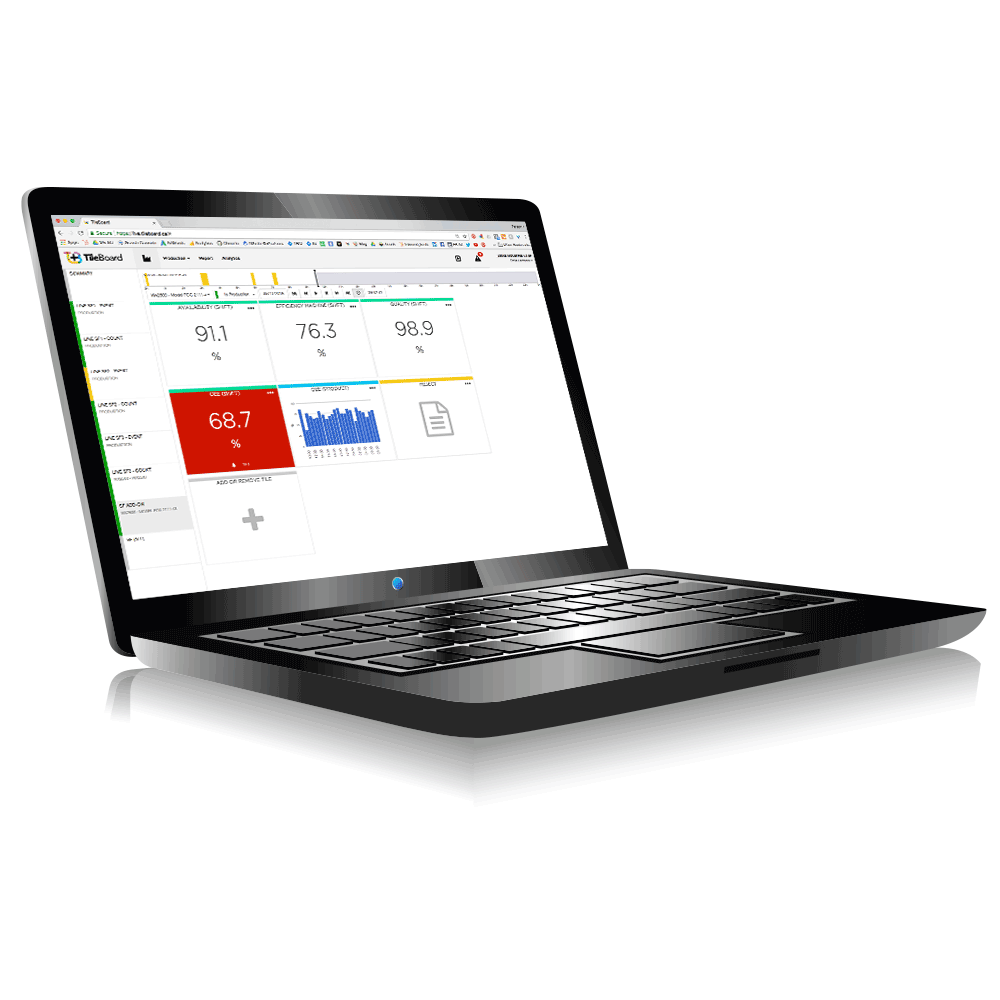An article on the Industry Week's website OEE - Learn How to Use It Right clearly explains what is Overall Equipment Effectiveness and how to use it.
"Put simply, OEE assigns numerical value to improvement opportunity. It factors in the availability, performance and quality of output of a given piece of equipment and tells you this:
How much right-first-time product did this machine produce
compared to what it should have produced
in the allocated time?
In other words, is a piece of equipment effective within its value stream? Does it let you meet present or future customer demand? If not (and this is critical), OEE helps you analyze the reasons why so you can address them systematically."
How is OEE calculated
OEE (%) = Availability rate × Performance rate × Quality rate
Availability rate (percentage of time the machine is ready to produce, working properly, and not in the midst of changeovers or adjustments) = Available time (scheduled operating time − downtime) ÷ Scheduled operating time.
Performance rate (ratio of output produced compared to a standard) = Actual output ÷ Standard output.
Quality rate (ratio of good output compared to actual output)= Right-first-time output ÷ Actual output.
How to Use OEE
The author of the article in Industry Week highlights 4 key uses:
- Use OEE as an improvement metric.
- OEE is best used on a single piece of equipment or synchronized line.
- There is no absolute that works as an OEE benchmark or target – it’s relative to your situation.
- As a Yardstick for measuring improvement
Start Monitoring your OEE today
Worximity now offers new Overall Equipment Effectiveness add-on for Smart Factory Level 3.

SOURCE: http://www.industryweek.com/quality/oee-learn-how-use-it-right












